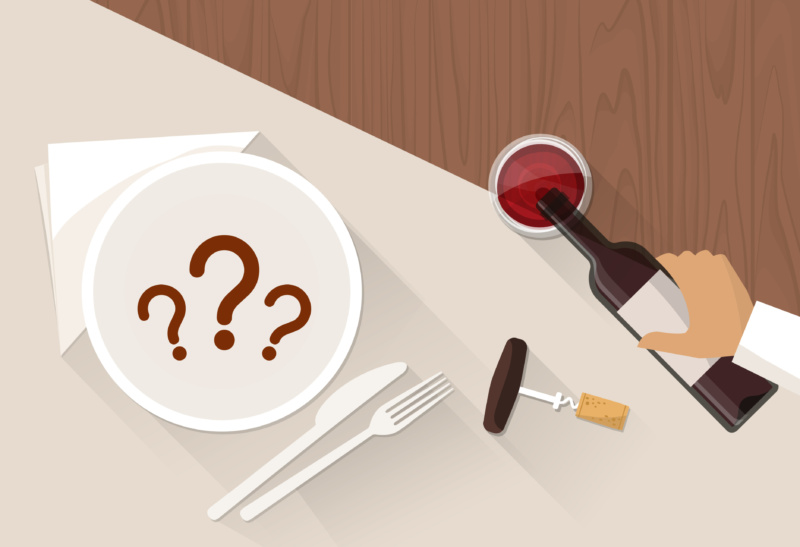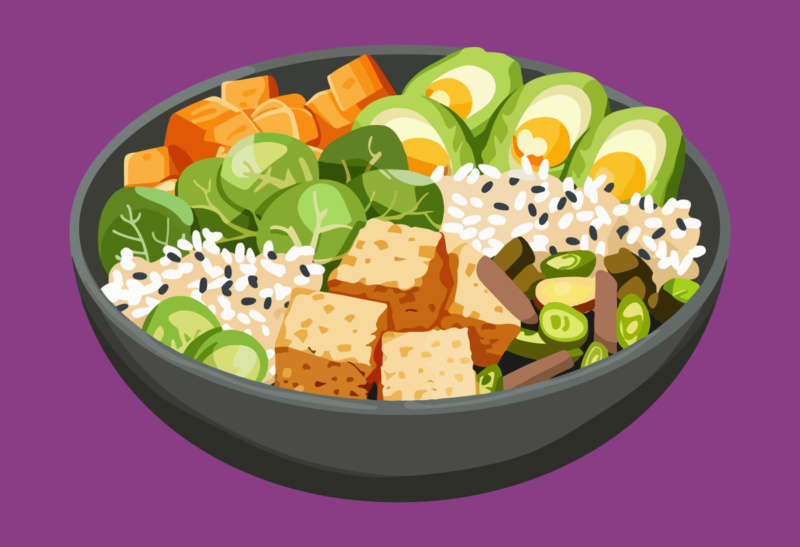However, with a little effort and creativity, we can all take steps to reduce our food waste and make a positive impact.
In this blog, we’ll explore practical tips and strategies for chefs to minimise waste in the kitchen. So, whether you’re a seasoned chef or just starting in the culinary world, we hope you’ll find valuable insights and inspiration in our blog.
1. Make friends with your freezer
It might seem obvious, but using your freezer more often (and more strategically!) is a great way to reduce waste in your kitchen, and you should utilise it as much as you can.
If you’re strapped for space, prioritise which food items will defrost the quickest, so you don’t have too much stock defrosting at the same time and you can make the process as quick as possible – especially during that busy service rush!
For example, Chef Damon Corey, Culinary Development Chef explains:
Frozen mac and cheese, which is a solid mass, may take too long to cook in a busy service, but a frozen prime burger is designed to cook quickly so that it might be ideal to have ready to go in the freezer.
Think outside of the box with how you use your freezer – food items like portioned out stocks, chopped onions and tomato paste can all go in the freezer. Could you batch cook anything to save more time in busier periods and use up all the ingredients you have? This is brilliant for making your essential food items last longer and reducing unnecessary waste. Frozen veg also cooks quicker, saving you time and ensuring that you only use what you need at one time.
And don’t forget to think about how you are filling your freezer to make sure you optimise the space you do have! Make sure you label each item with a use before date and always stack items neatly in an ordered way – the Matt85 Printer (code: 49274) is a quick and easy way to do this!
Not labelling or having a messy freezer means items can be forgotten about, consequentially creating waste. Take time each month to review your freezer space and see what needs using up and ensure your stock is neat and tidy .
2. Streamline your menu
… where you can.
If your menu is pages and pages long, think about how this might affect the amount of stock you will have to hold and potentially lose, not to mention how it opens up chaos in the kitchen with more room for mistakes, especially if labour is strained. Having a broad menu like this opens you up to mistakes and poor quality if you haven’t got the resource to cover it all.
Streamlining your menu not only means a smoother service, but instantly reduces the amount of food you throw away. It also allows you to focus on those dishes and improve them for the customer.
It’s also good to have a think about where you can include common food waste items into your dishes. For instance, check out Chef Adam’s tasty food waste burger, which utilises foods like vegetable peels that typically go to waste in the kitchen.
3. Use versatile products across multiple menu items
Sauces are a good start – a versatile tomato sauce like the Gustoso multi use tomato base (34200) works great in pasta dishes, soups, as well as on pizza. For a more premium option, you could mix it with flavours like harissa, for a premium smoky touch to it.
Using one staple product across multiple dishes helps you to use them up while they’re still in date, reducing waste and cutting costs at the same time!
For recipe inspiration using products with multiple uses, check out our Fast, Flexible, Flavour recipes.
4. Utilise food waste tools
There are plenty of tools out there to help you reduce waste – use them! For example, Chef Paul, Culinary Development Chef, has pulled together a handy food waste matrix, an essential in a Chef’s toolbox.
It’s a good starting point for getting inspiration on how to use the most commonly wasted ingredients, such as milk, vegetables and bread, allowing you to create recipes which are both tasty and great for making sure ingredients don’t go to waste.
Here’s a sneak peek, but discover the full matrix here.
5. Join a pledge
Joining a pledge or participating in whole chain food waste reduction plans (WCPs) is a failsafe way to commit to reducing food waste. As more and more businesses (like Too good to go, Karma, Olio, WRAP and IGD ) jump on board to support this, there has never been a better time to join in and work together with other business in the industry to tackle the ever growing issue of food waste.
Joining a pledge makes it easier to reduce waste, as you will be working towards set targets and have a wealth of knowledge from other businesses to seek support from, including resources to help you meet your goals. It’s also a great way for encouraging your teams to get involved.
Learn more and sign up to the Courtauld Commitment here.
There you have it, 5 tips to reduce food waste. For further support on food menu engineering tips, advice and guidance to support your long term success, visit our Unlock Your Menu Hub.
What are we doing to reduce food waste? Learn more about how we are cutting down on our waste, as part of a larger effort to become a positive force for change here.
Hungry for more? Check out our other blogs on food waste:
- How can the hospitality industry reduce food waste?
- Top 5 ways to encourage customers to reduce food waste



